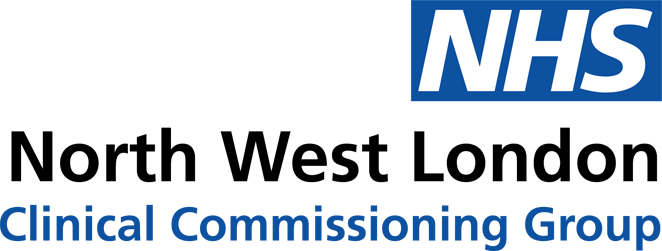Chapter 12
Glossary
Whole Systems Integrated Care (WSIC)
In Whole Systems Integrated Care, health- and social-care services work together to create innovative ways to deliver person-centred care. It aims to deliver high-quality care, to empower and support people to maintain independence and to lead full lives as active participants in their community.
National pioneer process
North West London is one of fourteen areas chosen as "pioneers” in a national programme developed to encourage ambitious and innovative approaches to deliver integrated care in a person-centred way. The lessons from all the pioneer programmes will be drawn on by other areas as they build their own systems over the coming years.
Co-design/co-production
Co-design is a process that brings together clinicians, commissioners, the voluntary section, service users and other service providers to develop an improved way of working. Using a co-design process helps build care delivery that fully takes the service user perspective into account from the get-go, helping to create a service that really meets people’s needs. For a detailed how-to guide on co-design, see Chapter 3: How do we ensure service users and carers are involved throughout?
Embedding Partnerships
Embedding Partnerships is the cross-cutting module of the Whole Systems programme that focuses on co-producing integrated care with patients, people who use services and carers. It is the means by which we worked together as a team of professionals and lay partners to co-design our whole systems solutions and tools.
Lay partner
A lay partner is a patient, a person who uses services or a carer who is involved in the North West London Whole Systems Integrated Care programme via Embedding Partnerships. Lay partners act as the guardians of the vision for person-centred, joined-up health- and social-care and act to ensure that all aspects of the programme benefit from the input of patients, people who use services and carers from the very start. The term "lay partner” was chosen by the individuals themselves.
Models of care
A model of care is the whole set of interventions and innovations that combine to empower and support individuals and their carers. Partners across North West London will need to come together to innovate new models of care.
Multi-disciplinary teams (MDTs)
MDTsshould bring together all of the relevant care professionals, volunteers, and other partners who provide care for given individuals, including the individuals and their carer(s). The professionals included should be able to effectively look after the physical, mental and social-care and support needs of the individuals covered. The vital part of an MDT is to facilitate conversations, care planning, team working and referrals amongst care professionals and their partners.
Personal budgets
A personal budget is an amount of money allocated directly to individuals for their own care, or managed by a local authority on behalf of an individual. They are currently mostly used in social-care for FACS-eligible individuals. A personal budget can either be managed by a care coordinator on the individuals’ behalf, or used by individuals on whatever they think will most improve their quality of life.
Capitation
Capitation is a payment model where commissioners pay for all the care a particular population group needs in one defined amount, and reward the providers for meeting overall health targets, rather than for doing particular services well. This should encourage care providers to innovate flexibly on models of care to deliver care in the way that keeps people as well as possible.
Provider network
In a provider network is where multiple providers from across health- and social-care work together with shared incentives to deliver joined-up care. A provider network can create multi-disciplinary teams which sit together, look after a shared list of people with shared goals and share clear line management.
GP network
In a GP network, multiple GP practices join together to offer services and realise economies of scale that would not be possible for single practices. GP networks can join up with other providers to make a provider network.








